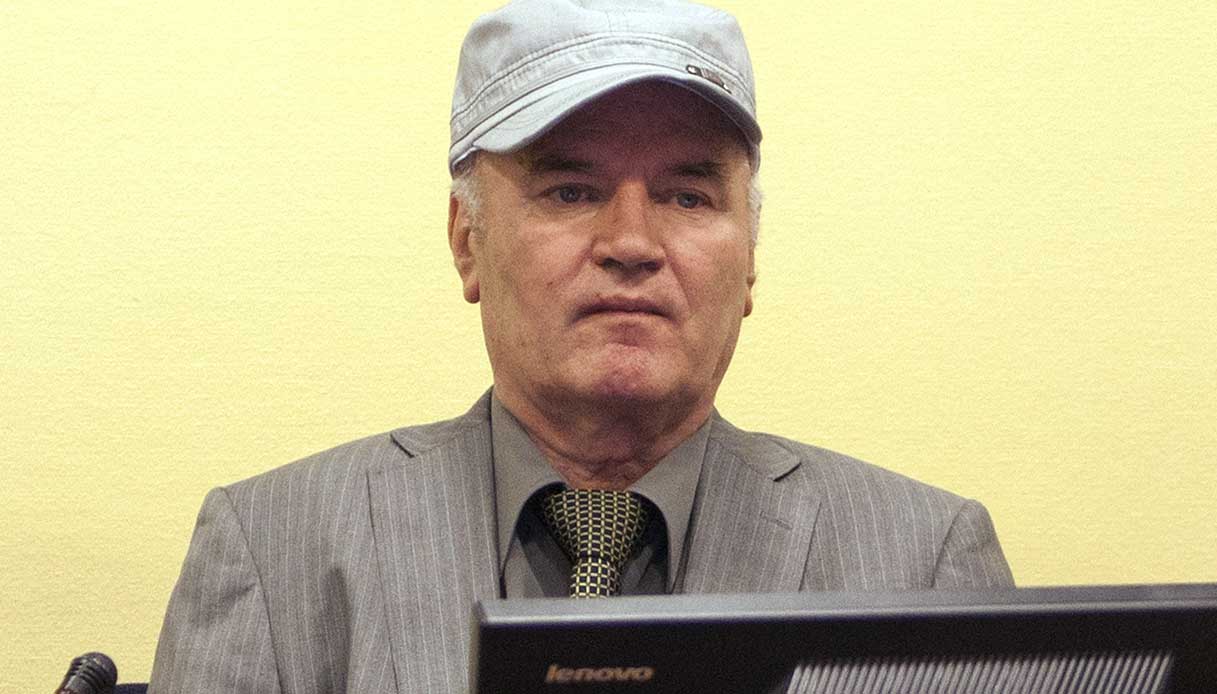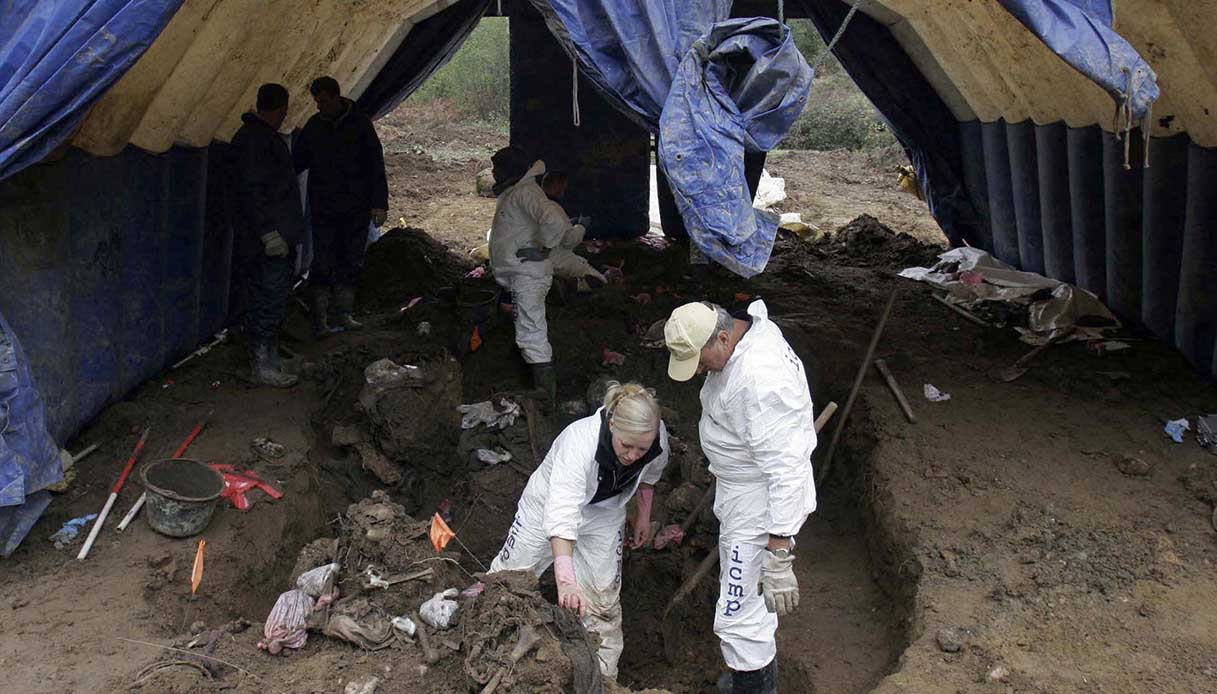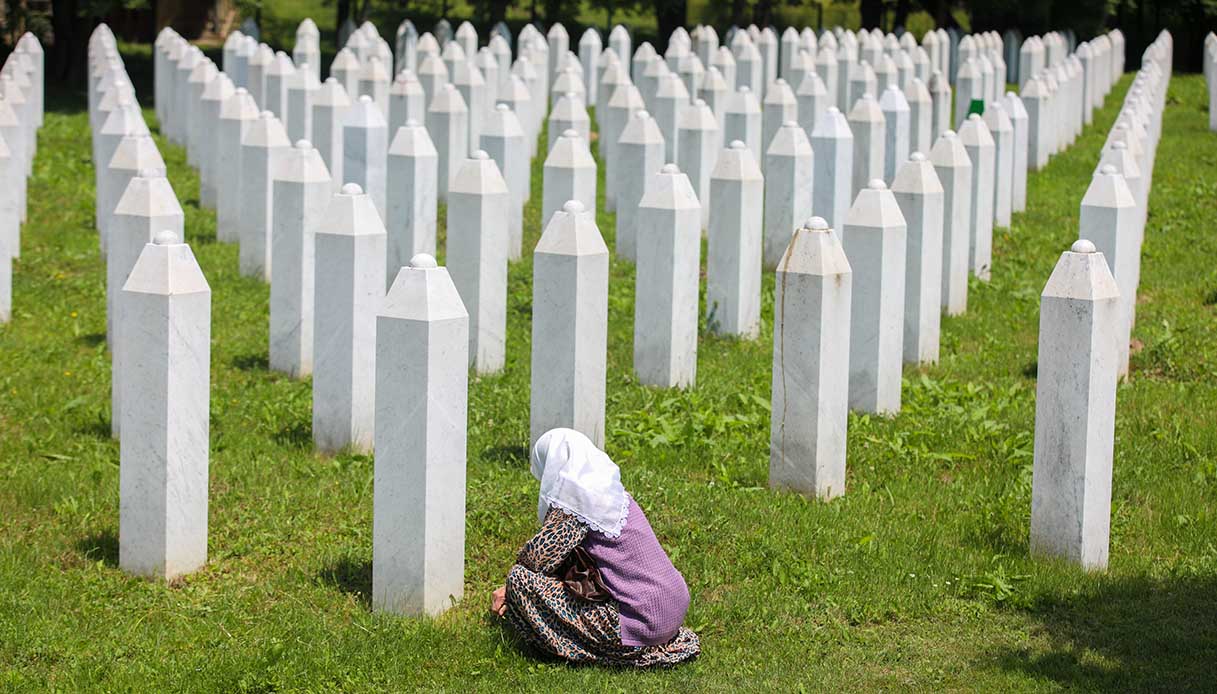Table of Contents
In July of 1995 the biggest and most serious massacre in Europe, after the Second World War, it was carried out by the Bosnian servant militias under the eyes of the UN soldiers. Today, the IRMCT (Residual Mechanism for International Criminal Courts) confirms the life sentence for Ratko Mladic, the Serbian general, now 79, held responsible for genocide and crimes against humanity.
Thus, a point was put a one of the blackest chapters in the history of Europe, the worst massacre since the end of the Second World War. But the Srebrenica massacre and of those over eight thousand Bosnian Muslims killed, according to a very specific and organized plan, cannot be forgotten.
The Srebrenica Massacre
Before the massacre, Srebrenica was already the protagonist of numerous clashes, which began as early as 1992. Those were the years of declaration of independence of Bosnia from Yugoslavia. The Bosnian servants had already tried to boycott the referendum. Thus, when independence was proclaimed, a particularly brutal and bloody war began, supported by the Serbian government of the Slobodan Milosevic, to obtain the annexation of their region to Serbia.

Ratko Mladic
Bosnia, at the time, was one of the most diverse federal republics with a Muslim religious majority. But there were also Orthodox Serbs and Catholic Croats. In the territories with a Serbian majority, however, began what the leaders of the time themselves renamed ethnic cleansing, an aberrant term which, however, sadly returns all the actions of destruction carried out against Muslim towns and villages. The aim was only one: to create a homogeneous territory: Greater Serbia.
Srebrenica though, it was an obstacle to this great project. All the fault of that desired and obtained independence, paid for at a high price. In 1993, given the desperate situation, the UN also intervened, declaring the city a safe zone, meaning that both sides should have stopped military activities. A Dutch military contingent was also sent to the scene, but in the following months both sides violated the agreements.
July 11, 1995
The Bosnian Serb troops, commanded by Mladic, they entered Srebrenica on 11 July. Despite the presence of the Dutch blue helmets, an agreement for the occupation of the city was reached: “On this 11th July 1995 we are in the Serbian city of Srebrenica, we make a gift of this city to the Serbian people”, declared Mladic.
The next morning the commander appeared in the streets of the city, intent on reassuring all those people already emotionally marked by a war that had lasted too long. They could breathe a sigh of relief now. Everything would be fine.
The women, children and the elderly were put on a bus to be transferred to another UN base. The fate of men and boys, however, was different. They were taken to another complex called the White House, to be determined that they were not part of the local militias. This was the official motivation. The truth, however, is that behind that building the slaughter had already begun.
In those days, episodes of violence of all kinds followed one another under the eyes of the Dutch soldiers and other refugees. Men were killed and women raped: the Serbian militiamen were carrying out what according to the international courts was a well-planned and well-coordinated massacre.
The executions were precise and uniform: the men were taken to places far from the inhabited areas and killed with a gunshot to the head. They were then pushed with bulldozers into mass graves. More than 8000 people lost their lives in the Srebrenica massacre.
Over the years, in various Bosnian villages near Srebrenica, most of the remains of Muslims killed in July 1995 have been found in various mass graves. Victims to whom, thanks to DNA analysis, it was possible to give a name.

During those days, the 600 UN peacekeepers did not intervene. Mladic and the then president of the Serbian republic of Bosnia, Radovan Karadžić they were only arrested several years after the massacre. We must arrive to 2004 to see the admission of responsibility towards everything that has been by Serbia. Yet there are still those, like Russia, who have vetoed the word genocide in reference to these facts.
The survivor of Srebrenica and the sentence on Mladic
26 years after the Srebenica massacre, in June 2021, the Hague Tribunal confirmed the life imprisonment of the former Bosnian Serb army general, Ratko Mladic, believed to be responsible for the genocide. This verdict did justice to what is unanimously considered to be the most serious and atrocious episode of violence in Europe after the Second World War.
Years have passed, thousands of days of trials and over 90 convictions, and all those dead can rest in peace now that the “Executioner”, thus renamed, is behind bars and will remain until the end of his days. But there are also those who use that sentence to go back to the past and reopen unresolved accounts, and those who, on the other hand, do not recognize themselves in the decisions of The Hague because they are “proud of the Serbian Republic”.
There are those, however, who roll a sigh of relief seeing one of the ugliest chapters of Europe close, like Semso Osmanòvic who experienced that massacre on his skin. He is one of the survivors of the Srebrenica massacre. He was 13 at the time, and when the soldiers arrived in the city, his mom managed to rescue him along with his sister. In 1999 he arrived in Italy and is now a professor of sociology at the University of Trieste.
“Justice has been done. Finally after 25 years I can go back to Srebrenica, to my home, to my town. I can also say that I feel reborn after this sentence “- Semso Osmanòvic declared in an interview with Vatican News – “It has been a long time, but the International Court has shown that no one is above the law, no one can commit genocide, escape and not be punished for his crimes. As for Bosnia it is a strong message from the international community for reconciliation, peace and the future ”.
Semso Osmanòvic declared that, finally, he will be able to return to Bosnia, to Srebrenica, where he has always imagined his future: “I could not live in Srebrenica before the sentence and see every day those who killed my grandfather, my brother, my friends closest and relatives ”- he confessed -“ I did not see my future in Srebrenica. Now yes. It will be a long process. 25 years have passed, but it will take a few more years for peace to be achieved in Bosnia and full trust among the peoples of Bosnia and among the people ”.

Srebrenica Memorial in Potočari
Read also







